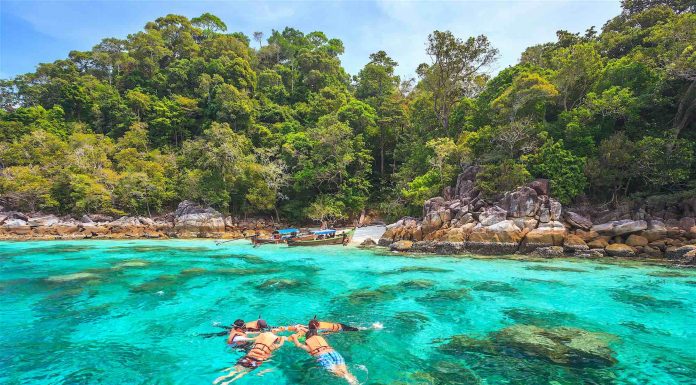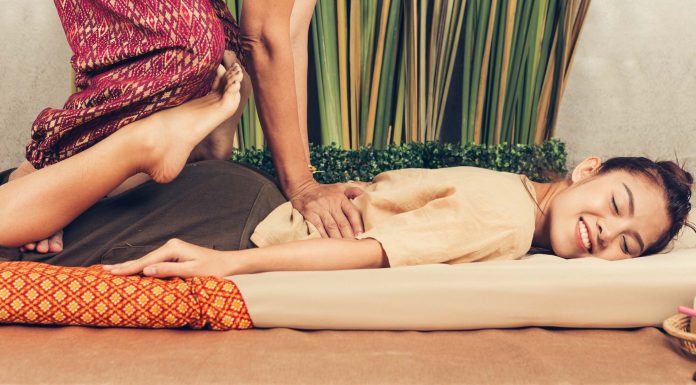The Sport of Muay Thai on Koh Tao
Muay Thai is the national sport and cultural martial art of Thailand. Developed as a form of close-combat fighting, it utilises punches, elbows, knee strikes and kicks to simulate the weapons of war.
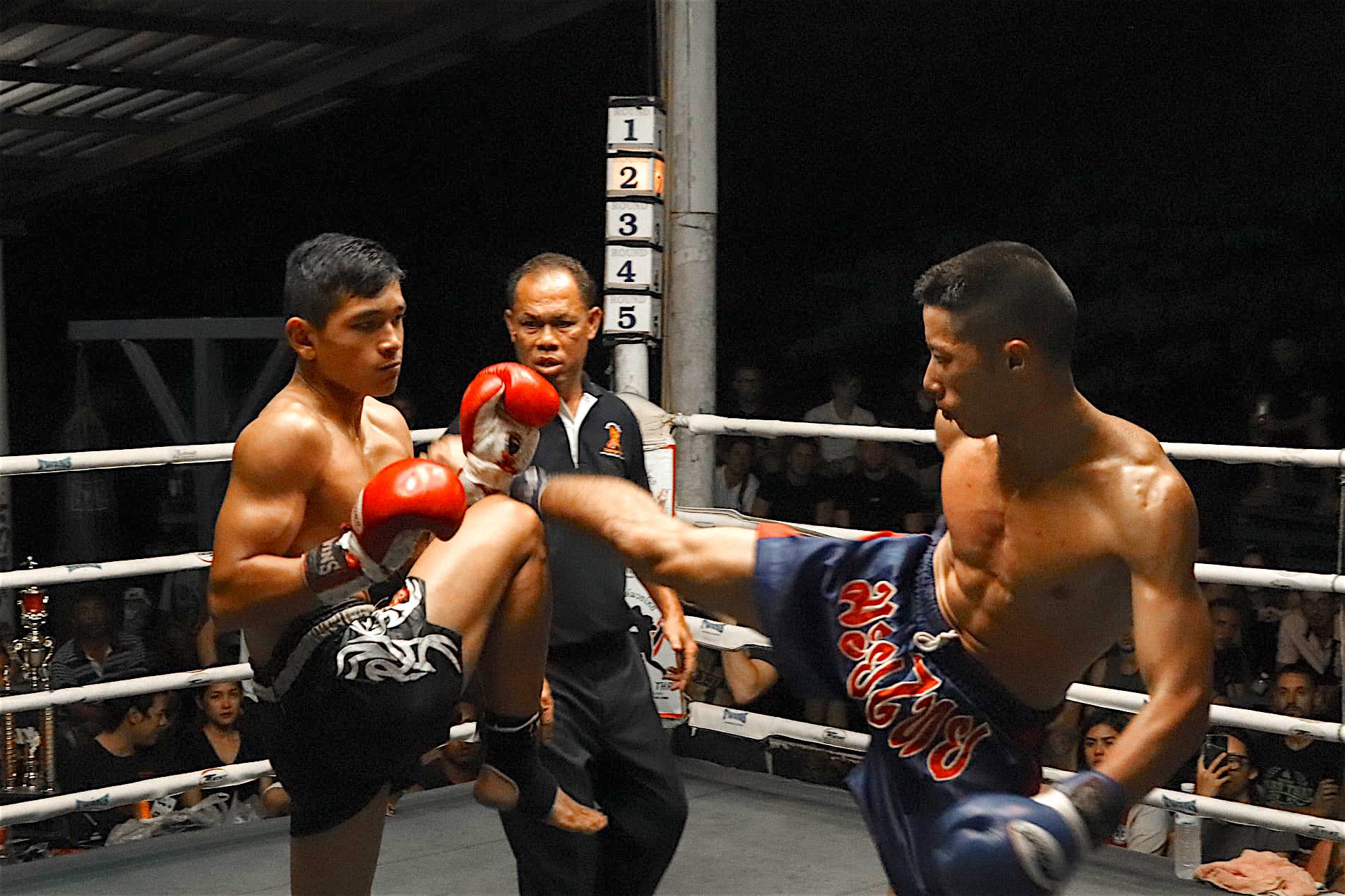
The use of these eight points of contact on the body means people refer to Muay Thai as the “Art of Eight Limbs”.
During combat the body is operated as a single unit with the different points of contact representative of different weapons. The hands represent the sword and dagger, the shins and forearms the armour, which becomes hardened during training.
The elbow provides the hammer to fell opponents and the legs and knees are the axe and staff.
The aim of each strike is to deliver a blow which is strong enough to incapacitate the opposition. By doing this the fighter can quickly overpower their opponent without opening themselves up to attack.
In order to produce a sufficiently effective hit, the fighter must be both skilled in the correct techniques and capable of generating enough power to debilitate their opponent.
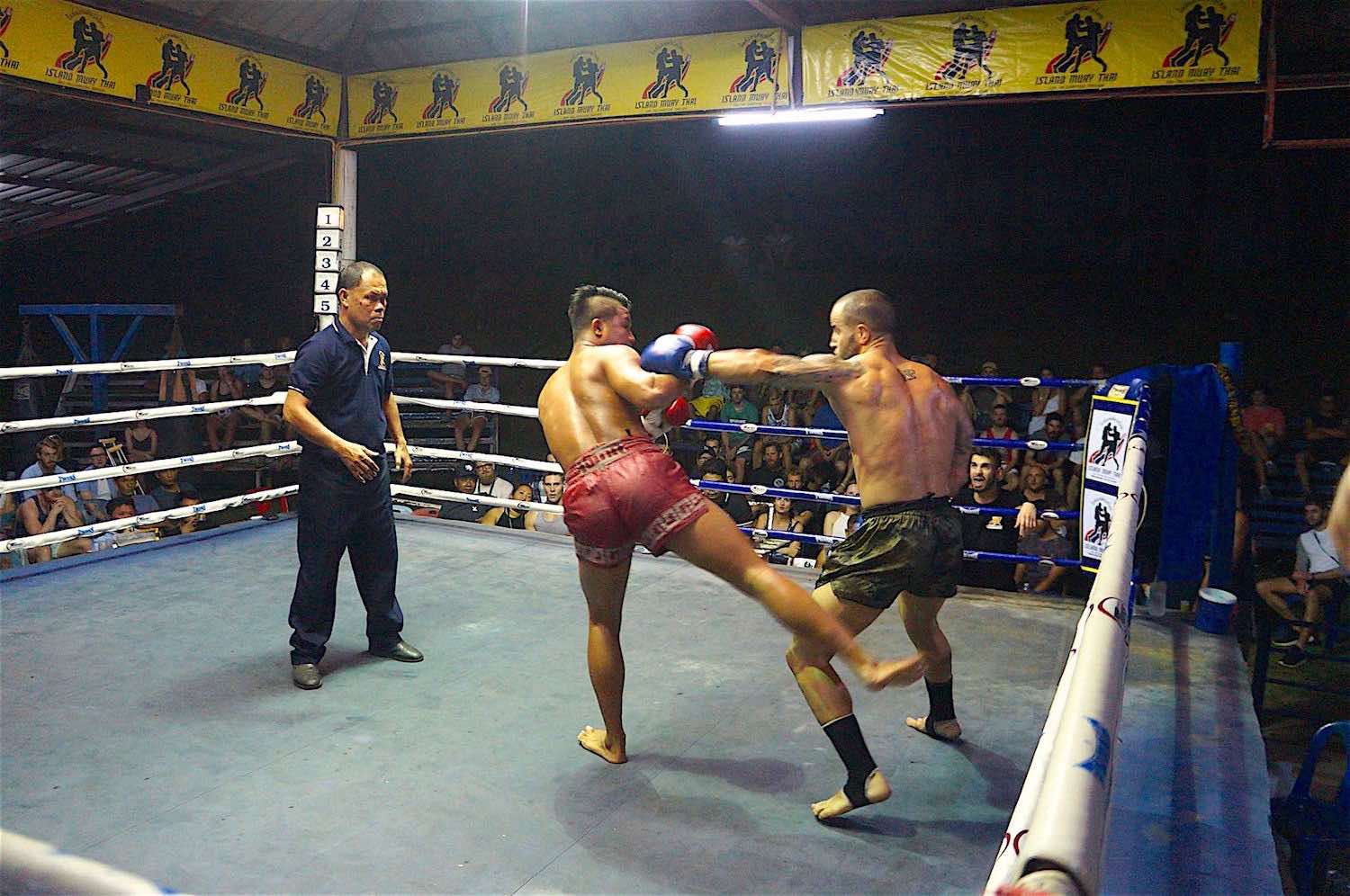
Origins of Muay Thai
The specific origins of Muay Thai are open to some debate due to the loss of historical documents which occurred when the Burmese ransacked Ayudhaya during the 14th Century.
During this invasion most of the written history of Muay Thai was lost but it is believed to have developed over a number of centuries as tribes migrated South from China and into Thailand, fighting other tribes as they moved.
In 1238, the original army of Thailand was formed in Sukhothai, which was the first truly independent province of the Thai kingdom. That army was created to protect the government and the inhabitants of both the city itself and the surrounding villages.
Soldiers who joined the army were trained in hand-to-hand combat and how to use their body as a weapon, training which eventually developed into what we know as Muay Thai.
During this period, in which Thailand was known as Siam, the people lived under a constant threat of war with both Cambodia and Burma, leading to Muay Thai becoming an intrinsic part of the culture.
Training centres began to emerge throughout the kingdom enabling the creation of a large enough army to protect the entire area.
As Muay Thai became popular with the poorer people of Siam, it also became a required skill for the higher classes and royalty.
King Phokhun Sri In Tharatit, the first King of Sukhothai, sent both of his sons to the Samakorn training centre as it was believed a good warrior would make a brave leader and so the Muay Thai training would prepare them to be future rulers.
The second half of the 17th Century saw the reign of King Narai, which was the era in which Muay Thai became a national sport. Fundamental traditions were created during this period that have remained for over 400 years.
The use of a Mongkong (headband) and Pa-pra-jiat (armband) can be traced back to this point in time, along with the introduction of the first “ring” denoting the fighting area.
The rings were created by laying a rope on the ground in a circle or square whilst hemp ropes and thread were used to cover the fighter’s hands. The hand coverings were often coated with a thick and starchy substance to bind the thread and provide a tougher surface to strike the opponent with.
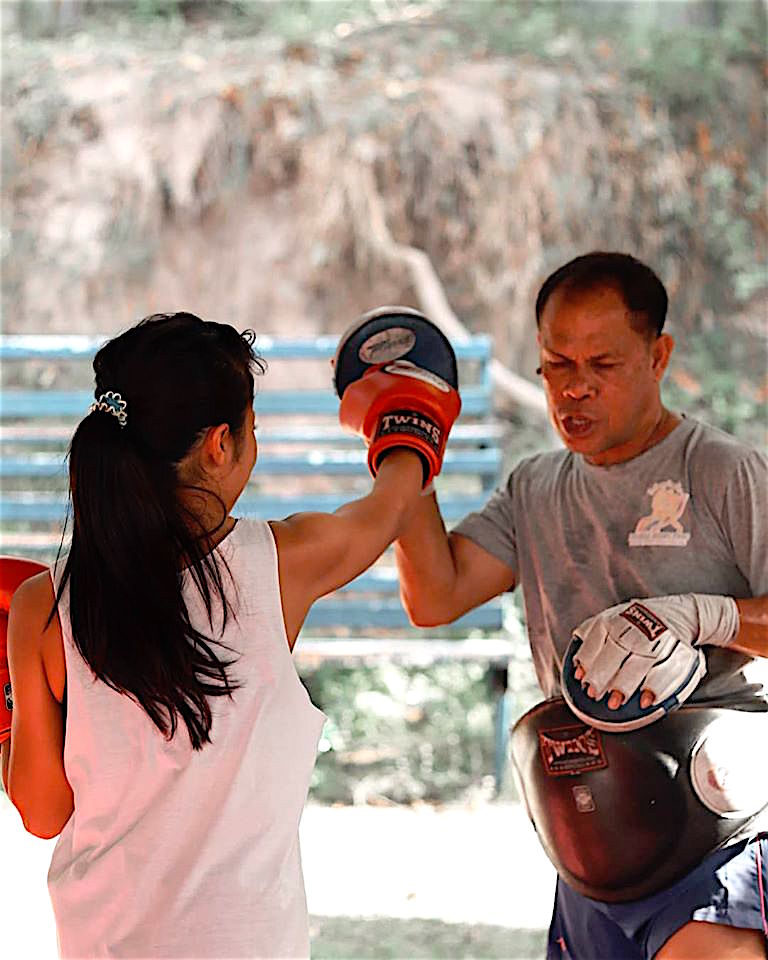
Bouts during this age had no time limit and continued until someone was declared the winner.
Local champions would represent their city and often fought on behalf of the wealthy or royalty to help them settle disputes.
However, no concern was placed on matching them with someone of a similar size, age or skill.
Losing the fight would cause a loss of face for both the fighter and their backer.
The reign of King Prachao Sua, the “Tiger King”, at the start of the 18th Century saw the establishment of the Department of Royal Boxing.
The King loved to compete in Muay Thai tournaments and would regularly pretend to be a commoner to enter fights in small cities and villages.
This was the only way he could compete as the King is held in such high esteem that no one would fight him if they recognised who he was.
The Tiger King forced his sons to study Muay Thai, sword fighting and wrestling and formed the Department of Royal Boxing to find worthy men who could fight to provide royal entertainment and then become guards in the royal court, Thani Lir.
These guards were responsible for training royalty in Muay Thai and combat as the kingdom was still considered to be at war with Cambodia and Burma.
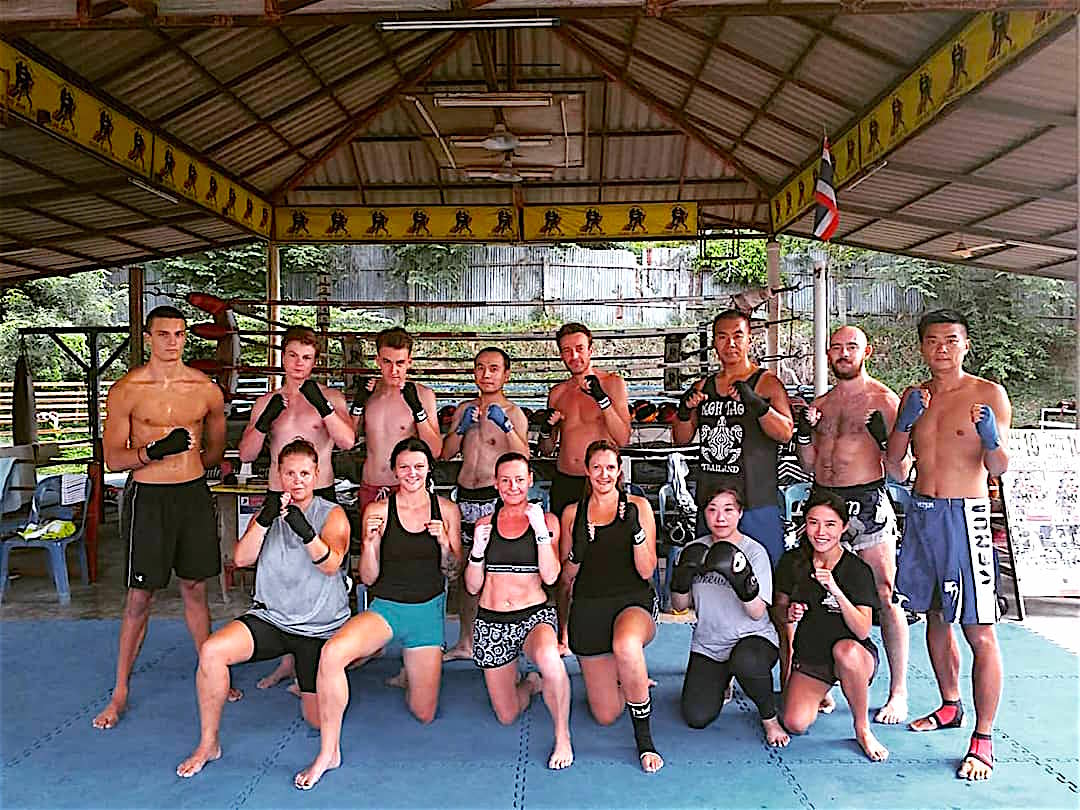
Muay Thai became a sport
The dawning of the Thonburi Era (1767) saw the beginning of peace in Thailand and the reconstruction of the kingdom. Muay Thai became not just training for the military but a past-time for non-military folk.
The sport became more competitive during this period and training camps would match their best fighters to provide entertainment. There were still no formal rules for the sport though and fights would continue until a clear winner was seen.
Muay Thai became a national fighting art, complete with rules and regulations, by the beginning of the Ratanakosin Era, under the reign of Rama I, and was an essential part of celebrations and festivities.
Each round was timed by placing an empty coconut, containing a small hole, in a bucket of water. The round would end when the coconut sank to the bottom. The number of rounds was not set though and a fight would contain as many rounds as was needed to determine who was victorious.
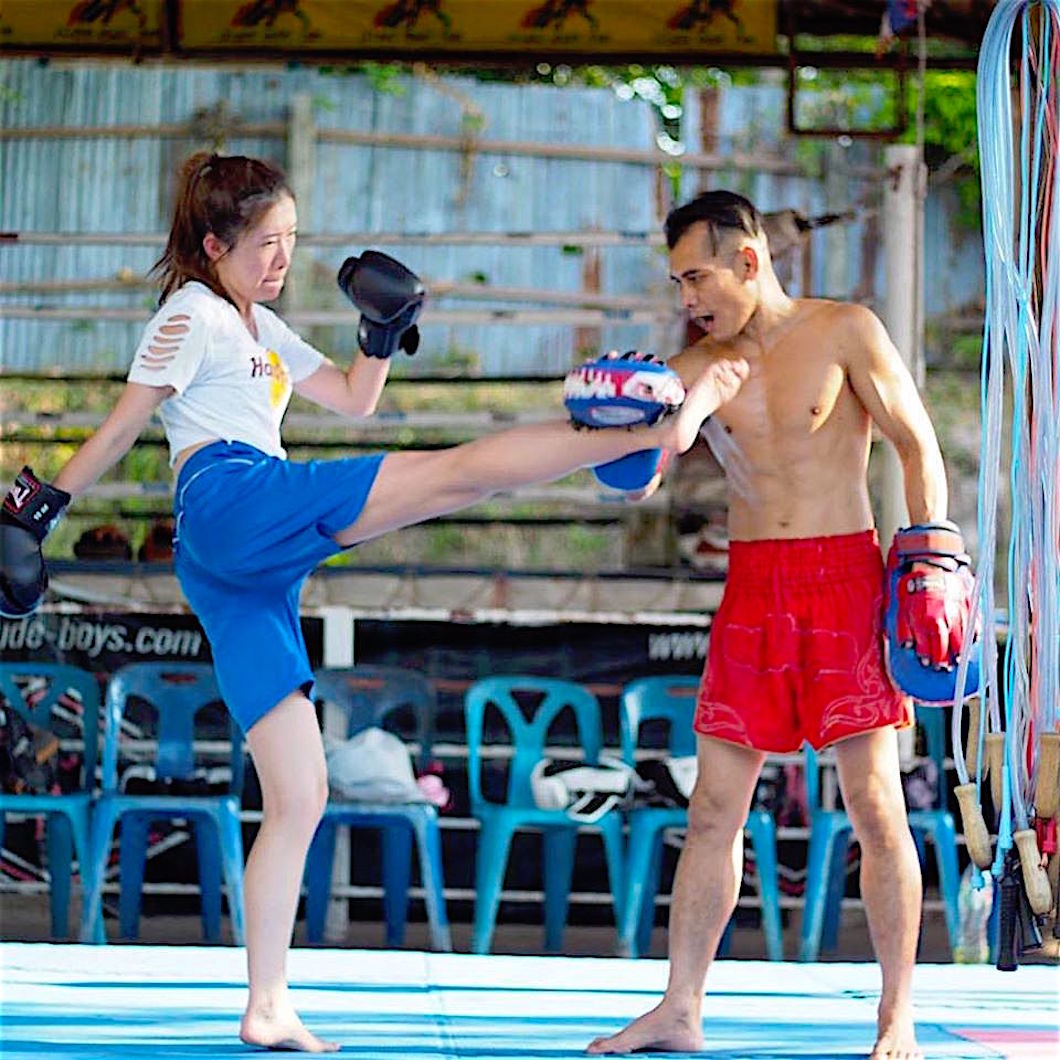
Golden Age of Muay Thai
Muay Thai entered its golden age in the late 19th Century during the reign of Rama V. Realising the value of the sport, the King did a lot to promote it, arranging tournaments and then calling Royally appointed Muay Thai centres to personally invite the best fighters to compete at these tournaments, as well as at festivals and international events he was hosting.
The Department of Education was also created during this time and Muay Thai was included as part of the curriculum for military cadets.
Muay Thai has changed significantly over the last 100 years. Proper rings were introduced to the sport in the 1920’s, replacing the use of open courtyards and planting the roots of modern Muay Thai.
The horsehide, hemp or leather bindings were replaced by gloves similar to those used in boxing and a hard-cover groin protector was added to provide extra protection from knees and kicks.
Whilst the initial introduction of Muay Thai to the Western World occurred during World War I when Thai soldiers were stationed in France, the formal introduction occurred in World War II.
American and European soldiers who fought alongside their Thai counterparts couldn’t help but be impressed as they watched the Thai soldiers’ practice what they called “Siam Boxing” amongst themselves.
They had the Thai’s teach them the fundamentals and traditions and Muay Thai began to garner international recognition and exposure.
Following the war, major stadiums were constructed in Chiang Mai, Sukhothai and Bangkok. Lumpinee Stadium in Bangkok was considered to be the “holy ground” of Muay Thai to legions of fighters and only the greatest Nay Muays (professional fighters) were allowed to fight here.
The first formal rules were also introduced at this time. Fights were divided into 5 3-minute rounds, using a clock as a timer rather than a coconut sinking in water.
An integrated system of weight-classes, absolute rules and championships was also established and the organisation of the sport began to resemble that of boxing.
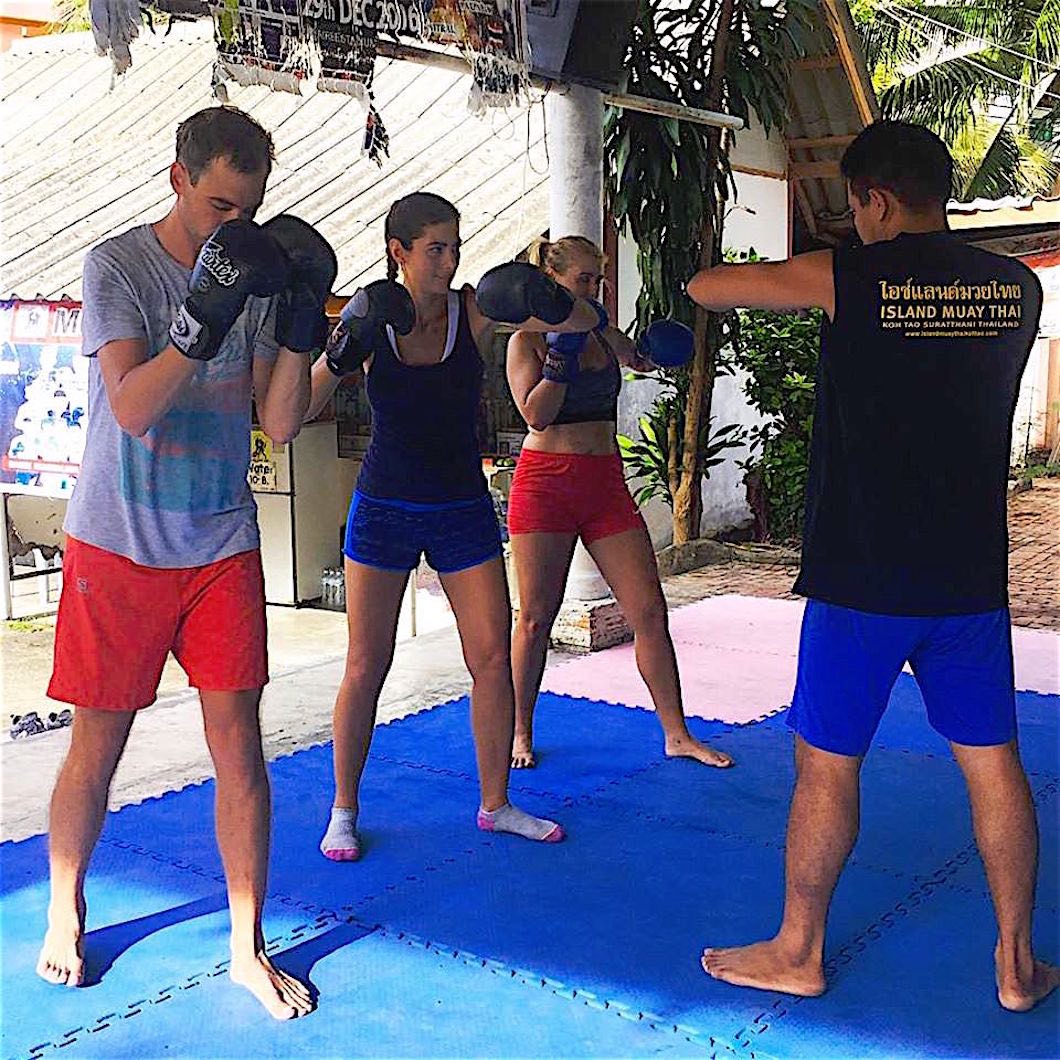
Modern Muay Thai training
Modern Muay Thai fighters train for many hours a day and can begin their training at the age of 6 years old.
They may enter their first fight within a couple of years and can easily accumulate 120-150 fights by the time they reach their mid-twenties – almost 3 times as many as a boxer will compete in.
Fighters are known for their tough skin and ability to ignore the pain and injuries they might receive during a bout, both of which are learned during their training.
For many Thai’s, Muay Thai is not just a sport but a way of life, representing the warrior spirit of the Thai people.
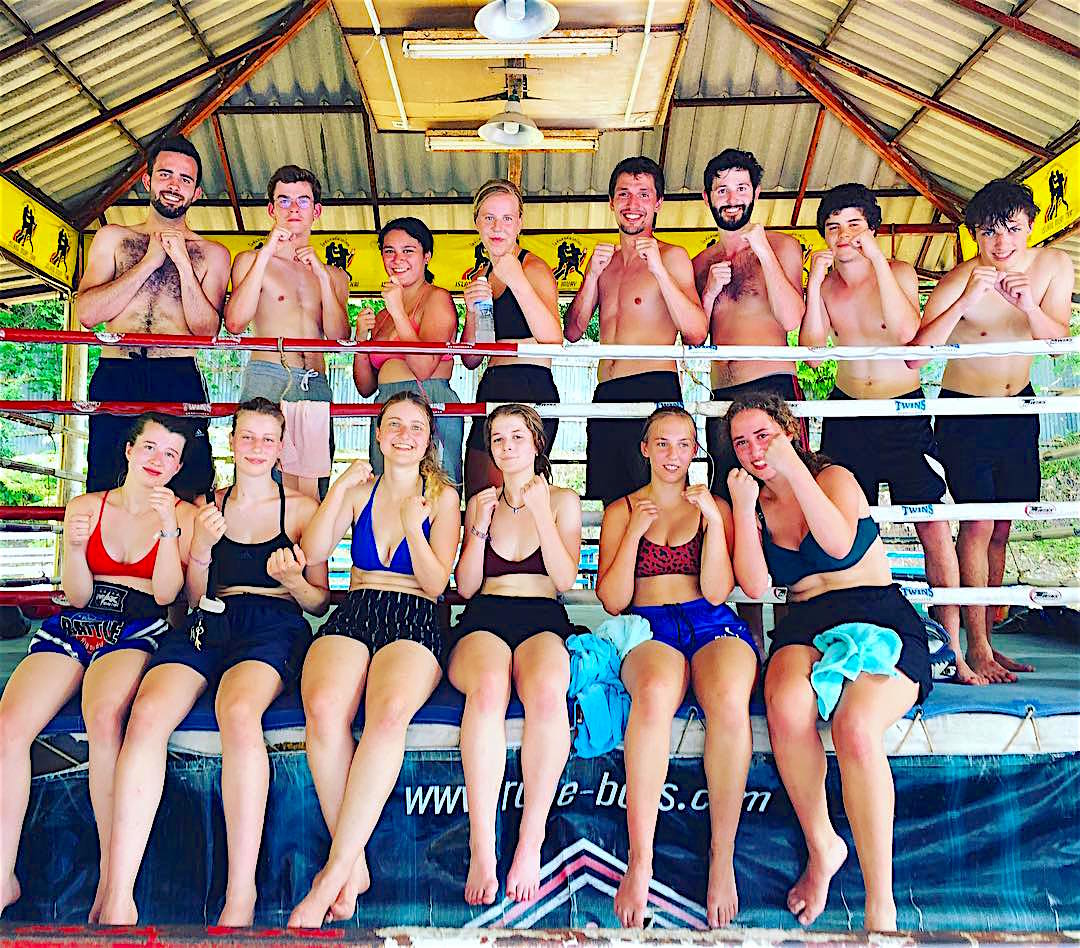
Healthy Lifestyle
The fundamentals and skills have been passed down from generation to generation, with Fathers teaching their sons the offensive and defensive techniques and tactics, along with correct posture and positioning and the skills required to enhance awareness.
As well as providing an excellent physical workout, learning Muay Thai can help improve all aspects of a healthy lifestyle. A good camp manager will provide a skilled Ajarn (Master) to teach Muay Thai, as well as caring about all aspects of their athletes’ lives.
They will ensure fighters receive a healthy amount of rest and an appropriate diet, which are a vital part of the training.
The Arjan will ensure that beginners are taught with patience and learn how to overcome the pains associated with the arduous training.
The intensity of the sessions will gradually increase as the athlete learns the primary tools required by a Muay Thai fighter: patience, calmness and the ability to live with those aches caused by the physical activity.
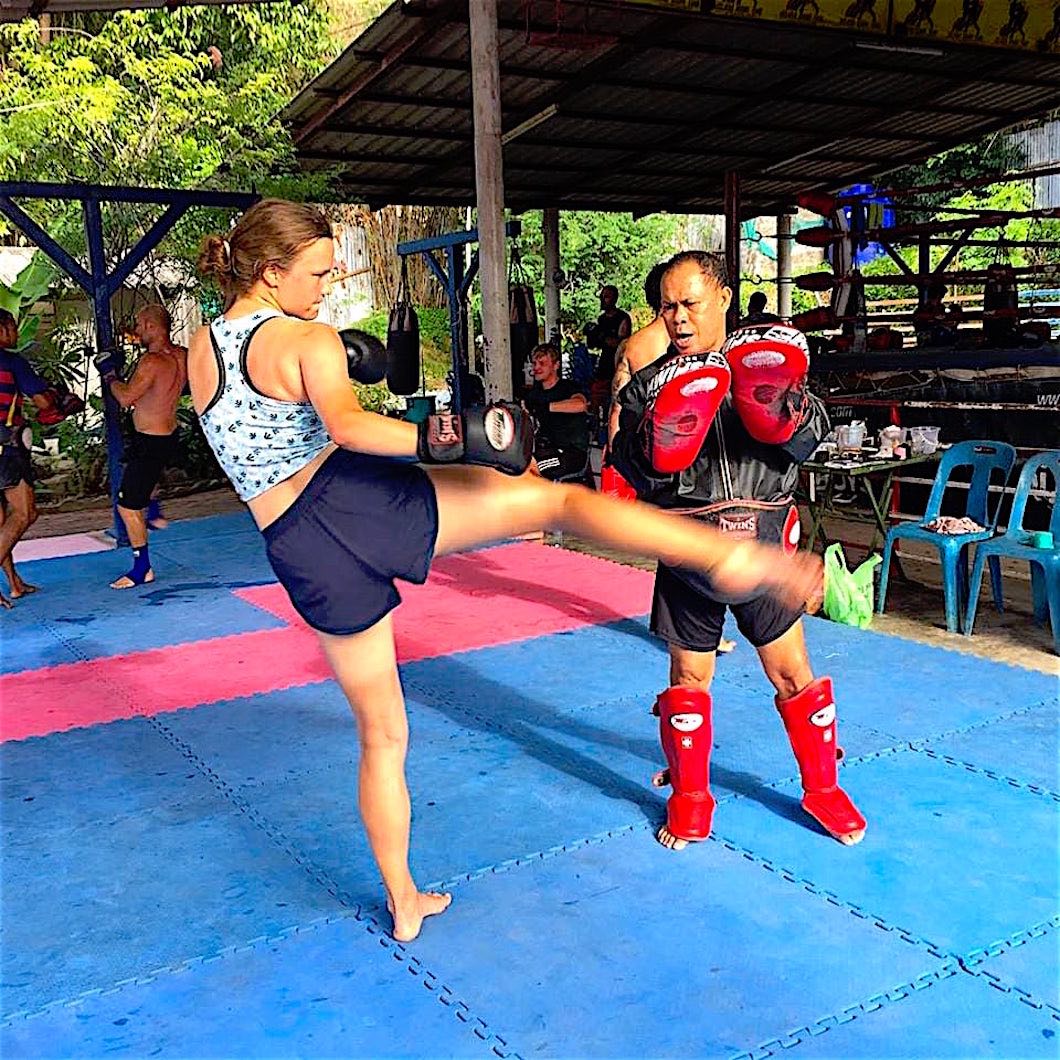
Koh Tao & Muay Thai training
Koh Tao is home to two Muay Thai training camps – Island Muay Thai www.muaythaikohtao.com and Monsoon Gym & Fight Club www.monsoongym.com.
Both clubs are located in the Sairee area of the island and offer competitively priced packages ranging from single sessions to monthly packages, as well as accommodation for those looking for the full Muay Thai experience.
Muay Thai on Koh Tao offers a great alternative fitness activity to visitors and can be arranged on any day of the week.
A single session will cost around 300THB and are undertaken as part of a group. Private sessions can also be arranged at a slightly higher cost.
Training occurs in the morning, at 8 am and late afternoon, at 4pm, with the afternoon session usually considered to be more intense.
And, for those who need some inspiration during their training, Island Muay Thai hosts a fight night every 7-10 days involving some of the best fighters in the area.
Frequently Asked Questions
What is Muay Thai?
Muay Thai is a combat sport originating in Thailand where it is the national sport. Dating back to the 13th century, Thai boxing as it is literally translated is known as the science of 8 limbs – it incorporates stand up striking and use of fists, elbows, knees, and shins with various clinching techniques.
How much does Muay Thai cost on Koh Tao?
Prices vary between the different gyms but on average one group session costs 300Baht and a weekly pass (6 group sessions) costs 1500baht. There are longer packages available including 50 sessions for 7,000Baht.
Do I have to book Muay Thai classes on Koh Tao?
You can book Muay Thai with us direct. We can answer your questions, offer advice and help to plan your training around your travel schedule and individual needs.
Do I need any special equipment for Muay Thai?
All equipment such as gloves, pads, bags and protective equipment is included in the cost of a course or training sessions.
Where is Muay Thai located on Koh Tao?
The Island Muay Thai training gym is located in Sairee village, which is a short walk from the crossroads on the road to Hin Wong Bay.










